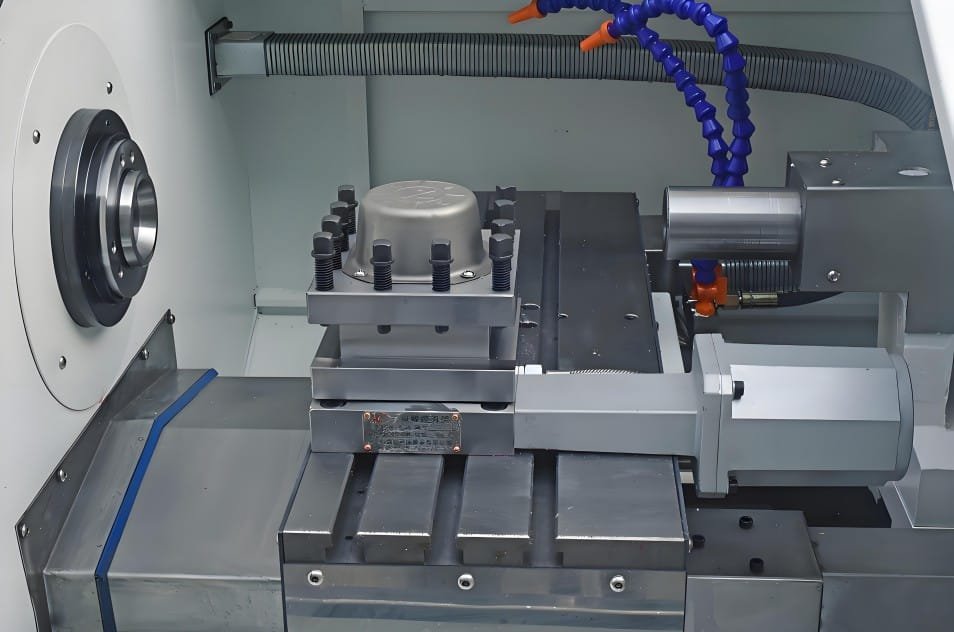The Basics of CNC
Understanding the fundamentals of Computerized Numerical Control technology is crucial for anyone involved in manufacturing or engineering. CNC machines are automated devices that use a computer to control and direct machine tool movements, ensuring precise and repeatable operations. This advanced method of machining has revolutionized how parts and components are manufactured across various industries.
How Does CNC Work?
The process behind the operation of CNC machines involves several key steps. First, detailed designs are created using CAD (Computer-Aided Design) software, which then gets translated into machine-specific instructions via CAM (Computer-Aided Manufacturing). These instructions, often referred to as G-code or M-code, dictate the exact movements and speeds that the tools will follow during machining.
Advantages of Using CNC Machines
One of the primary benefits of CNC machines is their ability to increase efficiency and reduce waste in manufacturing processes. By automating many aspects of production, these systems can operate around the clock with minimal human intervention required for basic maintenance tasks. Additionally, they ensure high levels of consistency in product quality due to reduced variability from operator error.
Types of CNC Machines
Different types of CNC machines cater to specific industrial needs based on their design and functionality. Common examples include milling machines that shape solid blocks of metal or plastic; lathes used primarily for turning operations like cylindrical parts; routers ideal for cutting softer materials such as wood, plastic, or aluminum; and plasma cutters utilized in fabrication shops for quick and accurate cuts.

The History and Evolution of CNC Technology
The journey from manual machine tools to fully automated CNC systems was a significant leap forward. Early attempts at mechanizing production involved simple hydraulics and electrical controls but were limited by technology available at the time. With advancements brought about by digital computing in later decades, however, came more sophisticated capabilities that paved the way for today’s highly precise manufacturing processes.
CNC Machining Process Overview
The journey from raw material to finished product via CNC machining involves several stages. Starting with selecting an appropriate material based on its properties and compatibility with end-use requirements, followed by choosing suitable tools capable of achieving desired geometries accurately. Throughout this process, quality control measures are rigorously applied to ensure compliance with industry standards.
Common CNC Operations
CNC machines support a wide range of operations essential for manufacturing diverse products. These include drilling precise holes through solid materials; milling complex shapes and contours onto surfaces; turning cylindrical parts such as shafts or pistons; and engraving detailed designs on various substrates.
CNC Machining Process Overview
The journey from raw material to finished product via CNC machining involves several stages. Starting with selecting an appropriate material based on its properties and compatibility with end-use requirements, followed by choosing suitable tools capable of achieving desired geometries accurately. Throughout this process, quality control measures are rigorously applied to ensure compliance with industry standards.
CNC Programming Basics
Programming CNC machines requires knowledge in both CAD software to design parts and CAM systems to generate toolpaths. Simulation tools allow operators to preview the outcome before actual production starts, reducing waste from incorrect programming errors.
Understanding G-Code in CNC
At the core of every CNC machine’s functionality lies its ability to interpret and execute G-code instructions. These codes define everything from positioning movements along x, y, z axes to tool speeds necessary for optimal performance during machining cycles.
Advanced CNC Features and Technologies
Modern CNC machines come equipped with advanced features that further enhance their capabilities. Five-axis machining allows complex geometries to be produced without repositioning the workpiece manually; robotics integration enables seamless automation between different stages of production lines; artificial intelligence is now being explored for predictive maintenance purposes.
Benefits of CNC Machining for Small Businesses
While CNC machines contribute significantly to industrial productivity, there are also environmental considerations involved. Efforts towards minimizing energy consumption during operation along with proper management practices for handling post-process residues continue to evolve in line with broader sustainability goals set forth by global regulatory bodies.
Challenges in Implementing CNC Systems
Despite numerous benefits associated with adopting CNC technology, companies may face certain challenges when integrating these systems into existing workflows. High initial investment costs coupled with rigorous training requirements pose barriers for some organizations seeking entry into this field.
Future Trends in CNC Manufacturing
As we look ahead to the future landscape of manufacturing technologies, trends point towards greater integration between Internet-of-Things (IoT) devices and predictive analytics solutions aimed at enhancing operational efficiencies while also addressing growing concerns over environmental impacts.
The Role of Skilled Workers in CNC Operations
While automation plays a key role in modern manufacturing environments powered by CNC technology, the importance of human skill remains undeniable. Operators trained in managing sophisticated machines alongside maintenance personnel equipped with troubleshooting expertise ensure smooth operations throughout production cycles.
Choosing the Right CNC Machine for Your Needs
Selecting an appropriate CNC machine involves assessing capacity requirements against expected volumes; evaluating material handling capabilities to accommodate varying substrates used across projects; and balancing budget constraints while still acquiring equipment that meets long-term strategic objectives.